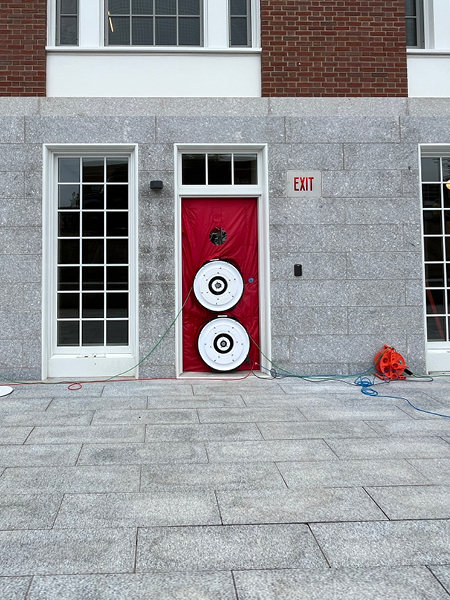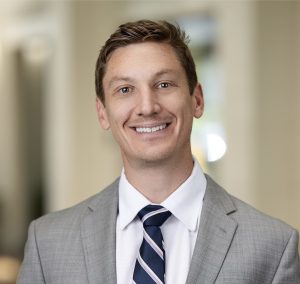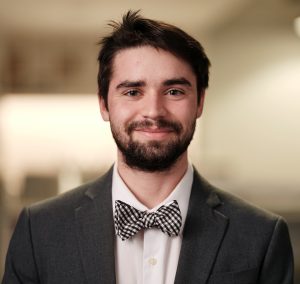Blown Away: A Whole Building Airtightness Testing Overview

Whole building airtightness testing in commercial applications has recently become more popular in the industry. Historically, the energy code focused on mechanical systems, which are the biggest energy consumers in buildings. As mechanical systems become more efficient, codes have found other avenues for reducing energy use, such as through enhanced building airtightness. Additionally, as energy modeling software has improved, the industry has identified a disconnect between the predicted and measured energy usage in buildings, which has largely been attributed to air leakage. Model energy codes have attempted to align expectations with reality by requiring air leakage analyses on new construction projects, as well as existing buildings that undergo a change in use, a retrofit, or an addition. In recent versions of the International Energy Conservation Code (IECC), validating enclosure air leakage mitigation through whole building airtightness testing has become the default compliance route for quantitative air barrier verification. For some states that circumstantially require alternative base energy code compliance pathways like Passive House, the required airtightness thresholds and other enhanced enclosure requirements are even more stringent.
The increasing prevalence of whole building airtightness testing in the AEC industry has left many professionals facing new and unfamiliar challenges. In this webinar, we will discuss the basics of whole building airtightness testing before delving into project experiences, including lessons learned and best practices for achieving a passing result.
LEARNING OBJECTIVES
After attending this webinar, participants will be able to:
- Understand the science behind whole building airtightness testing and identify testing requirements.
- Contrast the subtle differences between the various airtightness testing standards and compliance targets, and discuss project factors that may dictate one method and threshold over another.
- Recognize design and construction deficiencies that impact building air leakage and result in failed airtightness tests.
- Discuss the importance of air barrier continuity with respect to energy consumption.
Participants will earn 1 AIA CES Learning Unit (LU/HSW) for attending the seminar. Registration is free. Please note that space is limited – email events@sgh.com to join our waitlist if the session is closed when you register.


